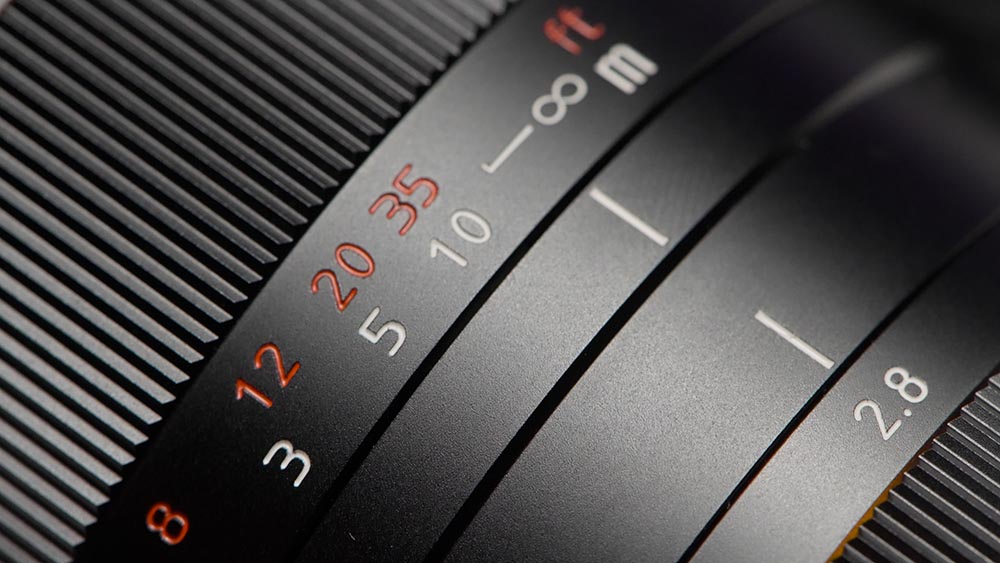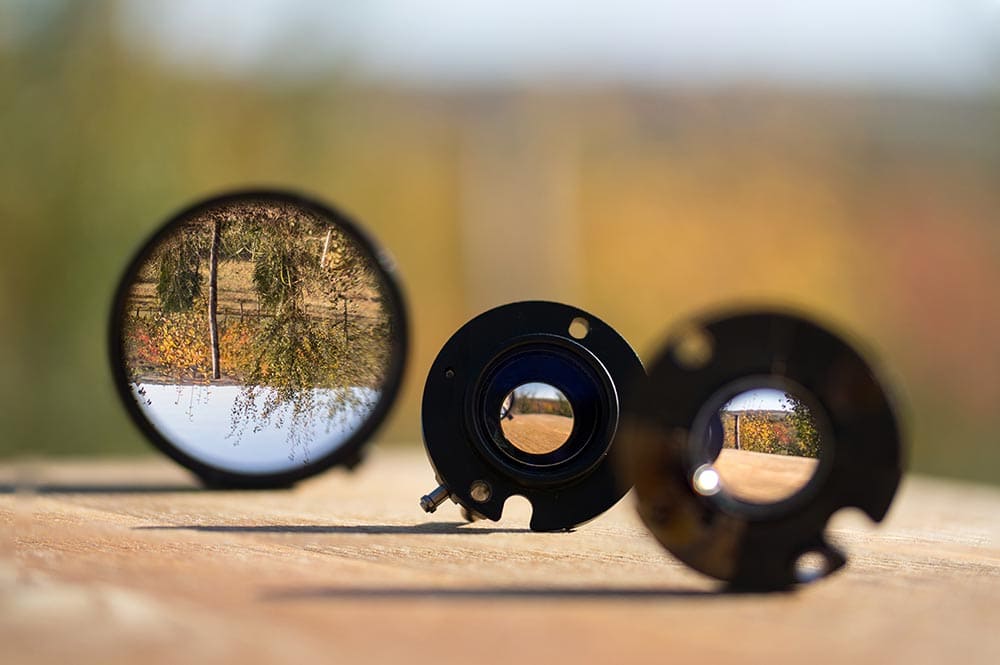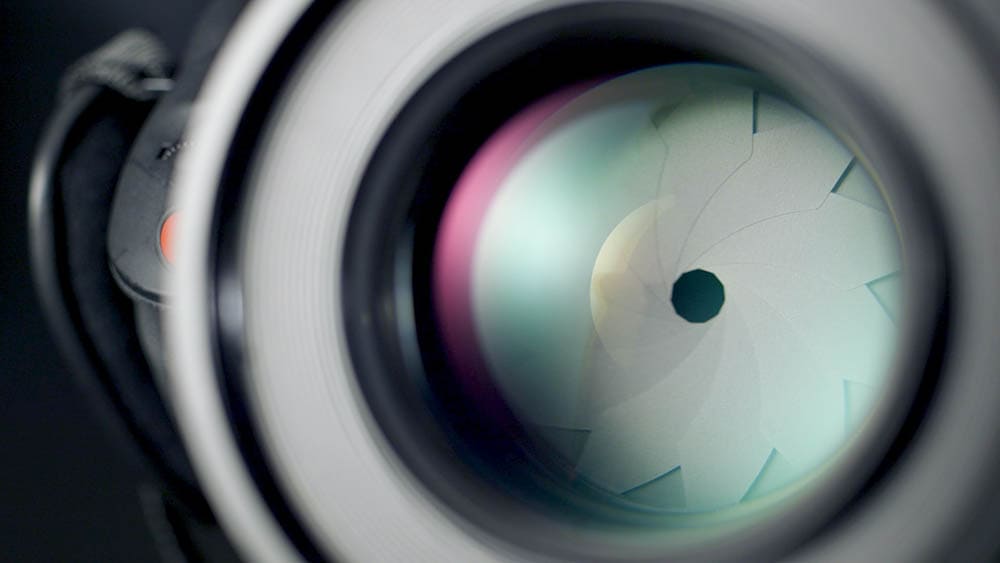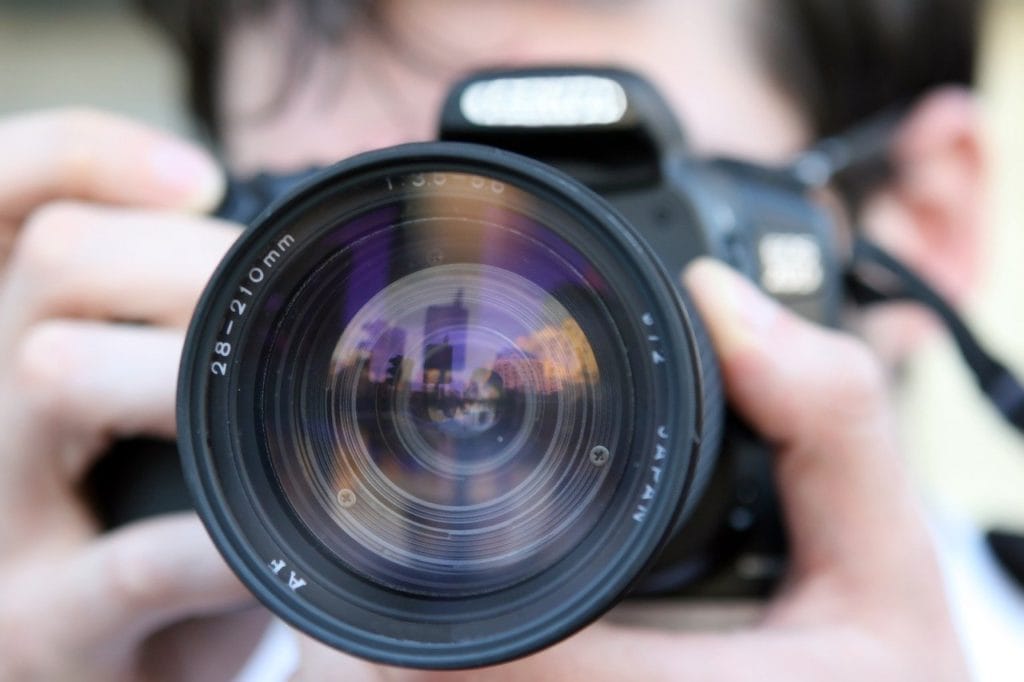What Is Focal Length? Photography Basics Explained
Last Updated on

If you’re new to photography, you’ll see term after term, and it can be overwhelming trying to figure it all out. One term that you’ll hear thrown about is focal length. It’s an important measurement for photography, which is why we want to highlight exactly what it is in a way that’s easy for beginners to understand. We also go over how it works with the rest of the camera and lens to take photos.

What Does Focal Length Mean?
You might think that focal length is the actual measurement of the lens, but it’s not. It’s a somewhat complicated measurement, but in layperson’s terms, the focal length tells you the angle of view and the magnification.
A low focal length means you’ll have a wide field of view but a low magnification. A high focal length means you’ll see a small area but have high magnification.
So, if you’re talking about the focal length, you’re also talking about magnification, and having the focal length number allows you to divide it by the diameter of the opening of the lens, which gives you the overall aperture.

What Is the Focal Length of a Standard Lens?
While a “standard” lens is a subjective term, most lenses have a focal length somewhere between 35mm and 70mm. Furthermore, you can typically adjust the focal length of the lens to anywhere in that range to achieve different magnification levels.
The Exposure Triangle
One of the first things that you’ll learn if you take a photography class is the exposure triangle. It’s a critical part of photography, and while you might not see the term “focal length” around, the truth is that it’s right in there: It’s part of the aperture.
Aperture

Aperture refers to the amount of light that gets through the lens and reaches the camera sensor. The wider the lens opens, the more light that gets through. However, this number is presented as an f-stop, which is the focal length divided by the diameter of the opening.
The larger the f-stop, the smaller the diameter of the opening and the deeper depth of field you have, and the smaller the f-stop, the shorter the depth of field.
Since the f-stop has so much to do with the focal length, you can see why it’s such an important number!
ISO

The ISO refers to how well the sensor inside a camera responds to light. High ISO numbers mean the sensor doesn’t need as much light to get a clear image, while a low ISO number means it requires a large amount of light and potentially long exposures.
But while a high ISO might sound like a better thing all the time, that’s not always the case. The higher the ISO, the less sharp the images can come out, and it can also reduce image quality. It’s all about finding the balance that’s right for your pictures!
Shutter Speed

Shutter speed is the final part of the exposure triangle, and it’s essential. It’s just what it sounds like: how fast the shutter opens and closes to take an image.
Fast shutter speeds do a great job of capturing moving objects, but you still need enough light to get a clear image. Low shutter speeds might not be ideal for capturing moving objects, but it allows more time for light to come in, which is ideal for low-light situations.

Conclusion
Don’t let all the different photography terms turn you off from the hobby or profession. Take it one term at a time, and get out there and take a few pictures. The more that you read and practice, the better off you’ll be.
Before too long, you’ll be using all these terms!
Featured Image Credit: Media Whale Stock, Shutterstock
About the Author Robert Sparks
Robert’s obsession with all things optical started early in life, when his optician father would bring home prototypes for Robert to play with. Nowadays, Robert is dedicated to helping others find the right optics for their needs. His hobbies include astronomy, astrophysics, and model building. Originally from Newark, NJ, he resides in Santa Fe, New Mexico, where the nighttime skies are filled with glittering stars.
Related Articles:
What Is the Best Binocular Magnification for Hunting? Optical Features Explained
How to Clean a Refractor Telescope: Step-by-Step Guide
How to Clean a Telescope Eyepiece: Step-by-Step Guide
How to Clean a Rifle Scope: 8 Expert Tips
Monocular vs Telescope: Differences Explained (With Pictures)
What Is a Monocular Used For? 8 Common Functions
How to Clean a Telescope Mirror: 8 Expert Tips
Brightfield vs Phase Contrast Microscopy: The Differences Explained
